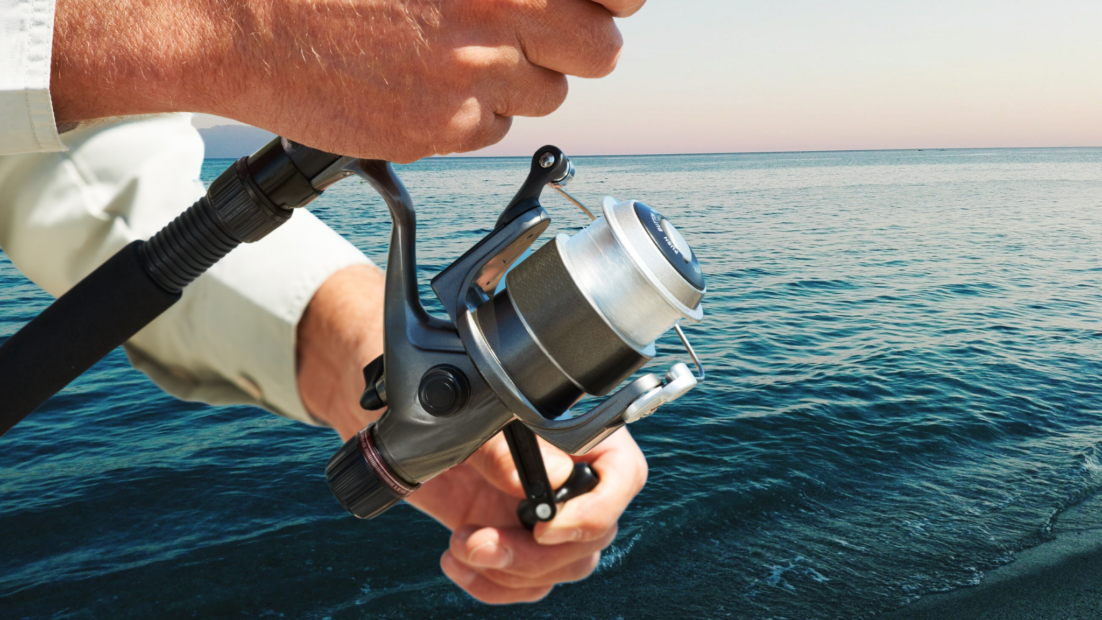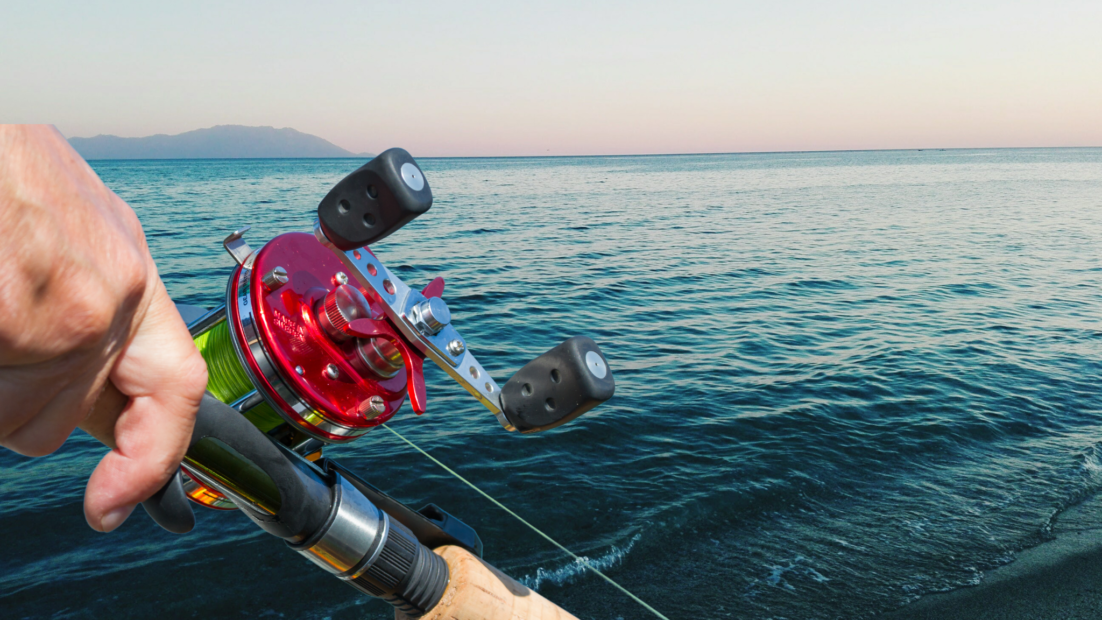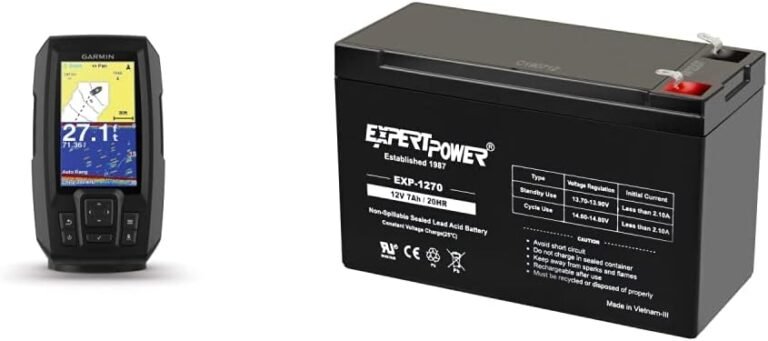Spinning Reels or Baitcasting Reels: Which Reel Is Right For Me?
Are You Shopping for a Fishing Reel but Don’t Know Where to Begin? Among all of the many available reel options, finding the ideal reel can seem like a daunting task. Spinning and baitcasting reels are two popular choices that offer different advantages and disadvantages when used for different kinds of fishing activities; we will take an in-depth look at both types, compare features between them, and help you choose one best suited to meet your fishing needs. Let’s Explore Fishing Reels Together!
Spinning Reels 101

Spinning reels are an increasingly popular choice among fishermen, particularly beginners. Their ease of use makes for smooth casting distance and accuracy while minimising backlash or tangles.
Spinnign reels consist of a rotating spool that spins when its handle is turned, winding the line onto it as the line travels through guides on its rod and out to its tip during casting.
Spinning reels offer many advantages, not the least of which being their versatility. From freshwater fishing to saltwater fishing, spinning reels offer something suitable for both novice and seasoned anglers alike.
Spinning reels offer several benefits over other reel types such as baitcasting reels. Their affordability makes them a good option for beginners who may not yet be ready to invest in more costly gear.
Spinning reels offer ease-of-use combined with versatility at an attractive price point, making them an attractive option for many fishermen.
Benefits of Spinning Reels
Spinning reels are an increasingly popular choice among novice and veteran anglers alike, especially among beginners. One of their main draws for novice fisherman is their ease of use compared to baitcasting reels which require much more skill or practice to operate effectively.
Spinning reels offer many advantages over conventional fishing methods, from freshwater and saltwater fishing, to spinning on boats with various sizes and strengths suited for different fishing techniques. You can select one that best fits your fishing style needs.
Spinning reels are known for their accuracy when casting lighter lures or baits. Their fixed spool design enables the line to glide off smoothly without backlashing or colliding with other lines during casting, and without backlash or other lines during their path.
Spinning reels are great because of their user-friendliness and versatility; in addition, their exceptional drag systems make reeling large fish easier without overstressing either the line or rod.
If you’re a beginner looking for an efficient and user-friendly option with great accuracy and versatility at an economical price point, selecting a good quality spinning reel may be your perfect solution!
Spinning Reels Have Downsides Too
Spinning reels may be the preferred choice of many anglers, but they do come with some drawbacks. A major drawback of spinning reels is their lesser accuracy and shorter casting distance in comparison with baitcasting reels; meaning you may not be able to cast as far or accurately when using one.
Spinnin reels may lack enough power for larger fish species, with lower line capacities and drag systems that make them unsuitable for heavy-duty fishing.
Spinning reels can also be susceptible to line twist, especially when not used properly when retrieving lures or lines from storage. This can result in tangled lines and lost lures for anglers on the water and be frustrating for all involved.
Some anglers may find spinning reels cumbersome due to their design. Most models’ handle placement makes using heavier lures or baits challenging as you require more wrist strength than arm strength to retrieve your catch.
Though spinning reels do have their drawbacks, they still make for an excellent choice for novice anglers looking for ease-of-use and versatility across various fishing conditions.
Pros & Cons Of Spinning Reels
Spinning reels offer many advantages for anglers, making them a top pick among both novices and veteran fishermen alike. One key benefit is ease of use – these reels tend to be simpler to cast than baitcasting reels, making them ideal for casual fishing trips and novice anglers alike.
Spinning reels offer many advantages over other forms of tackle. Their flexibility enables anglers to adapt their gear according to changing conditions in any setting they encounter – from freshwater streams to deep sea fishing excursions and accommodating various lines and lures. This gives anglers more options when fishing.
Spinning reels do have some disadvantages that should be considered before selecting one as your fishing reel of choice. Because the spool rotates when casting rather than remaining stationary like in baitcasting reels, spinning reels may sometimes result in tangles or knots if improperly handled.
Spinning reels may be easier for novice anglers to use overall than baitcasting models; however, their accuracy when casting longer distances or targeting specific locations may limit experience anglers’ casting abilities.
Even with all their drawbacks, many fishermen still opt for spinning reels due to their ease of use on the water.
Baitcasting Reels 101 – Introduction

Baitcasting reels are another popular choice among anglers, offering more accuracy and control in casting distance control than spinning reels. Their rotating spool allows the angler to cast more precisely.
Before using a baitcasting reel, an angler must adjust the drag in order to prevent backlash – this occurs when the reel spins faster than it releases fishing line, creating an unsightly mess of fishing line that may or may not be recoverable later.
Once they are properly set up, an angler can use their thumb to control how much line is released during casting and adjust accordingly based on wind or other environmental conditions.
Baitcasting reels are typically preferred by experienced anglers due to the additional difficulty involved in mastering them, though once mastered they provide greater precision when casting and can handle heavier lines and lures.
Baitcasting reels may not be ideal for novice anglers or those unwilling to invest the effort required in learning proper technique, but experienced anglers looking to advance their game should certainly give these reels consideration.
Benefits of Baitcasting Reels
Baitcasting reels are an increasingly popular choice among professional anglers and experienced fishermen, due to their many benefits that make them stand out from other types of fishing reels.
One of the many advantages of baitcasting reels is their accuracy. These reels allow for precise casting that’s essential when targeting specific species of fish or areas with limited space. With practice, users can learn how to control both speed and distance when casting.
Baitcasting reels boast considerable strength and power. These reels can handle heavier lines and lures for optimal fishing efforts when targeting larger species like bass, pike and musky.
Baitcasting reels provide more control in terms of retrieval compared to spinning reels, enabling an angler to more precisely replicate the movement of live prey by speeding up or slowing down their line retrieval process. This gives them more precision in mimicking movement in real time.
These types of fishing reels typically offer more advanced drag systems than spinning models, enabling anglers to tackle larger fish without fearing they will break the line or lose their catch.
Mastering baitcasting reels takes practice and patience, but once mastered you’ll find that they are easier on your body than other types such as spinners in terms of repetitive strain injuries since casting doesn’t involve flicking your wrist back-and-forth every cast.
Overall, baitcasting reels excel where precision casting and strong pulls come into play, unrivaled by any other reel type in terms of accuracy and precision casting!
Unfortunately, however, baitcasting reels do have their drawbacks! (Please see The Downsides of Baitcasting Reels below.)
Although baitcasting reels offer many advantages, anglers should be wary of potential drawbacks before purchasing one.
Baitcasting reels require more skill and practice to master than spinning reels; anglers need to learn how to adjust spool tension and brake system according to lure type and casting conditions, which takes time and patience.
Baitcasting reels tend to be more costly than similar spinning reels, which makes them less accessible for beginner anglers or those on a tight budget.
Baitcasting reels tend to be heavier and bulkier than spinning reels, making them less suitable for all fishing situations and preferences.
Backlash can also be an issue when setting up or using baitcasting reels improperly, as it results in faster than anticipated spool rotation and line release causing frustrating tangles to form in fishing line that are difficult to untangle.
Though baitcasting reels do have certain advantages over spinning reels, anglers must carefully consider any possible downsides when choosing their reel type.
Pros & Cons of Baitcasting Reels
Baitcasting reels have long been the choice of experienced anglers due to their accuracy and power; however, these may not be suitable options for novice fishers.
One advantage of baitcasting reels over spinning reels is their increased casting distance and control, as well as their capacity for handling heavier lines – ideal features when targeting large fish species like bass or musky.
Baicasting reels take more practice to master than spinning reels. Newcomers may experience trouble managing them at first and backlash is often an issue with novice fishermen. Furthermore, baitcasters tend to be more expensive than their spinning counterparts making them less accessible for casual fishers.
One potential drawback of using a baitcaster is the requirement for ongoing maintenance. To function optimally, its internal parts require regular cleaning and lubrication to remain free from debris build-up and remain clear of dirt particles.
Though baitcasting reels present certain challenges to anglers, many find their benefits outweigh any drawbacks when used properly. Much depends on your level of experience and fishing goals – if you’re willing to invest some extra time practicing your technique and opting for higher-end reels then a baitcaster might just be right for you.
Comparing Spinning and Baitcasting Reels
Comparing spinning and baitcasting reels requires taking several factors into account, including fishing technique, target species, personal preference, and cost. Spinning reels are great for beginners as they’re simple to use and require minimal skill to cast accurately – ideal for light or finesse presentations like drop shotting or wacky rigging presentations.
Baitcasting reels provide greater accuracy and power for heavier lures or lines, and are preferred by experienced anglers who know how to control them efficiently. Baitcasters can be used with various techniques including flipping, pitching and casting larger baits.
Another key consideration when choosing your fishing reel is what type of fish you intend to catch. In areas with strong currents where big game fish freely swim through, baitcaster reels may prove more suitable, due to their greater torque and drag capacities than spinning reels.
Opting for either a spinning reel or baitcasting reel ultimately comes down to your personal preferences and use case scenario. Before making a final choice, experiment with both types so you have firsthand knowledge about their pros and cons!
Conclusion: What Are My Options?
As soon as you’ve evaluated both spinning and baitcasting reels, your decision ultimately comes down to personal choice and fishing style.
Beginners or those seeking a less hectic fishing experience, spinning reels are likely the better option due to their ease of use and versatility in handling different species of fish. Furthermore, they tend to be more budget-friendly for beginners just starting out.
However, experienced anglers targeting larger game may prefer baitcasting reels as these provide greater accuracy and control when casting heavier lures or baits. Their durability also makes them an investment that will last through years of heavy use.
When choosing between spinning and baitcasting reels, it’s essential to factor in several important considerations, including your skill level, preferred fishing technique, target species selection criteria, budgetary constraints and your overall fishing objectives.
No matter which reel type you select, make sure it is used with high-quality line that complies with its specifications for optimal performance on the water. And remember: practice makes perfect! Take time to develop your skills before stepping out onto the waters for your next big catch!
FAQ’s
1. Which reel type should beginners choose for their initial fishing adventure? (Spinning or baitcasting reel?)
Beginners typically benefit from starting off with a spinning reel due to its ease of use and forgiving nature, although baitcasters can also be effective fishing tools if given enough practice casting them properly.
2. Can a saltwater reel be used for freshwater fishing?
Yes, a saltwater fishing reel may be used for freshwater fishing as long as it is thoroughly cleaned and maintained after each outing.
3. Which fishing line should I use with my spinning or baitcasting reel?
Your choice of line will depend on what kind of fish and where you’re fishing for them, with monofilament providing general purpose fishing while braided lines providing more strength and sensitivity.
4. At what frequency should I replace my fishing line?
At least annually or when showing signs of fraying or color loss, replace your fishing line to keep fishing fun and successful.
5. Which reel type should be used when targeting large fish like tuna and marlin?
Baitcasting reels tend to be more powerful than spinning reels, making them the superior choice when targeting larger species such as tuna and marlin.
Both spinning and baitcasting reels offer advantages and disadvantages depending on your personal style, skill level, target species and location preferences. While choosing between these two options will ultimately come down to personal choice, we hope this guide has made the process simpler by outlining some key considerations that could influence your buying decision!







